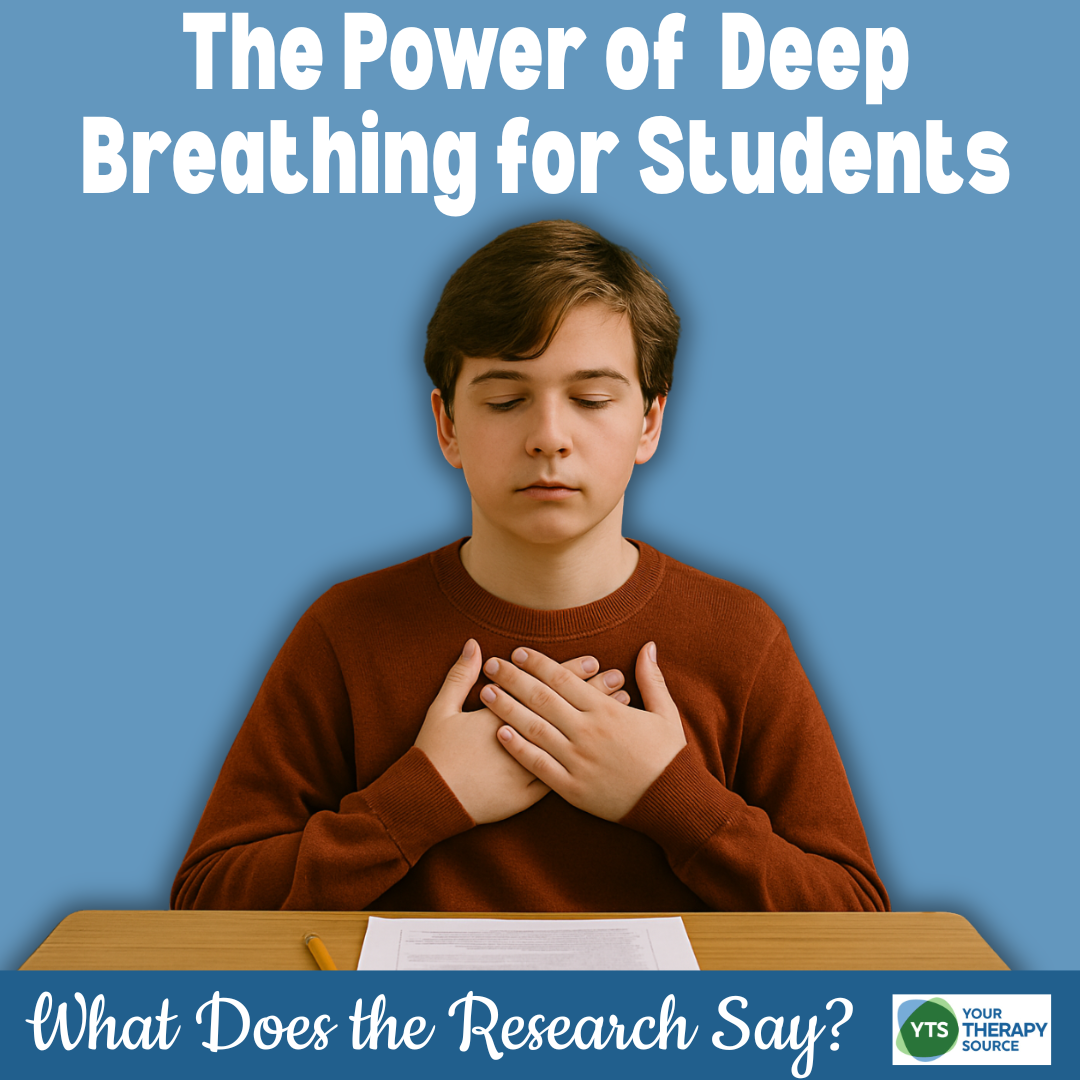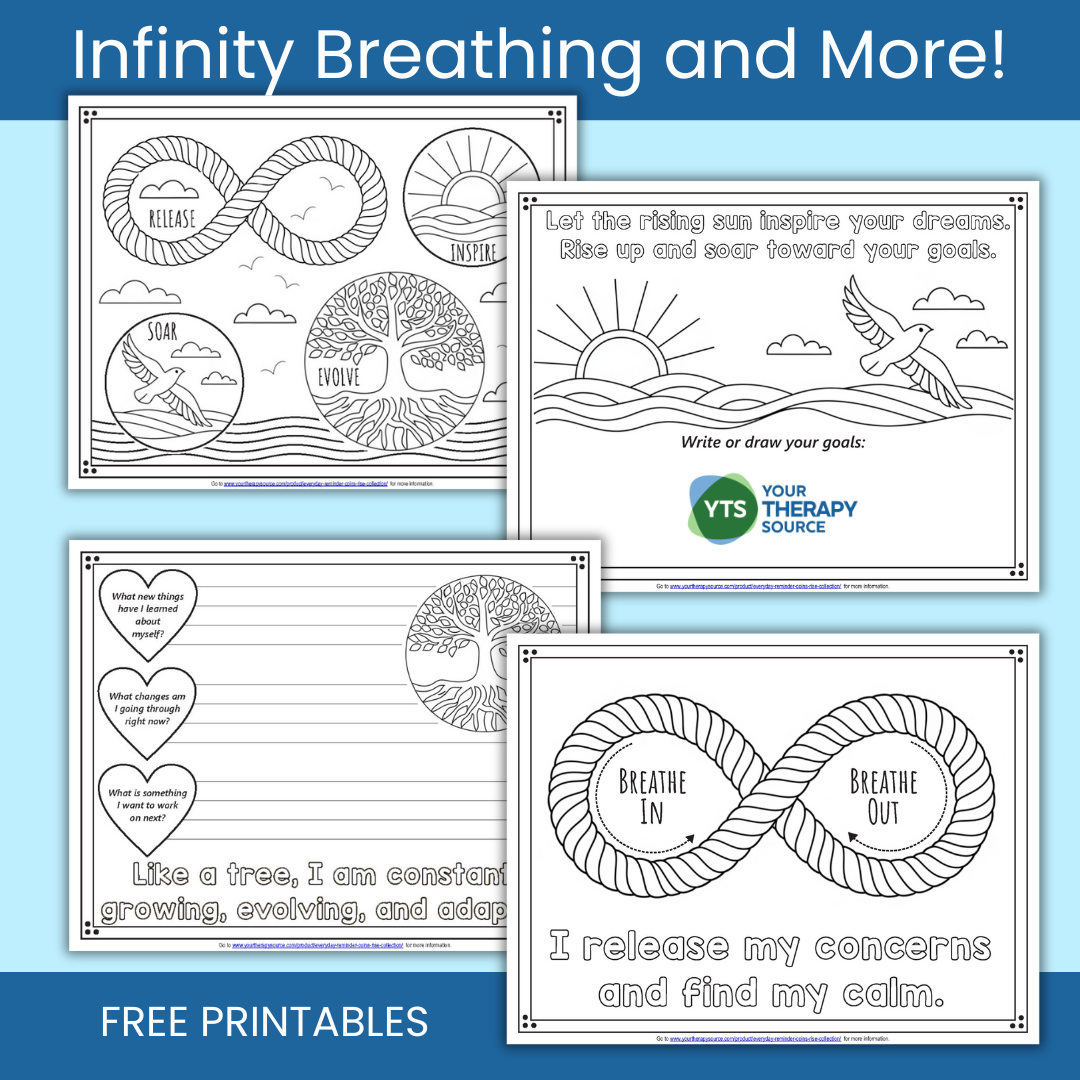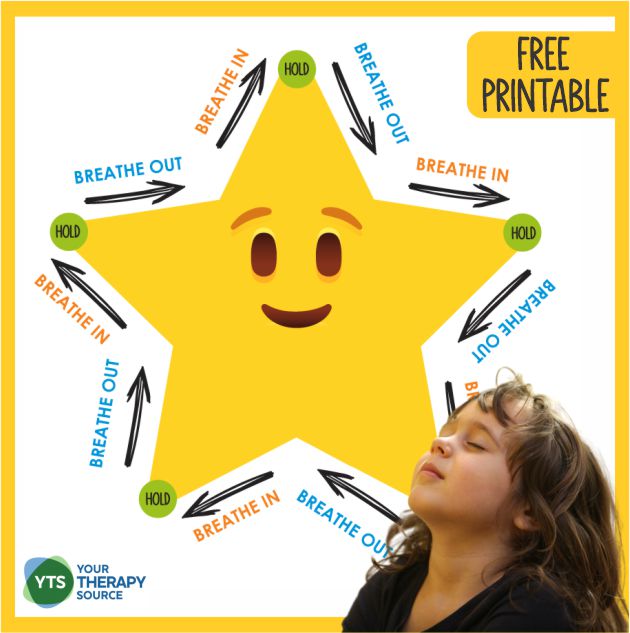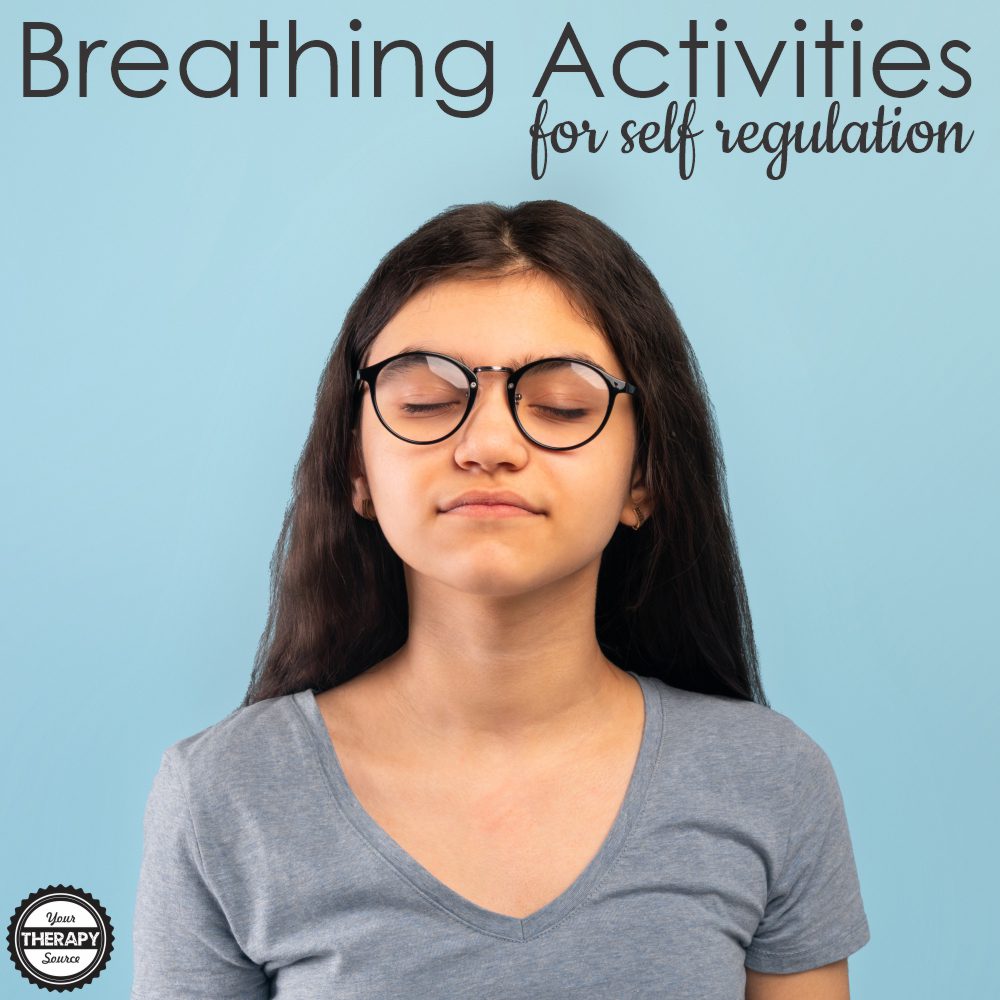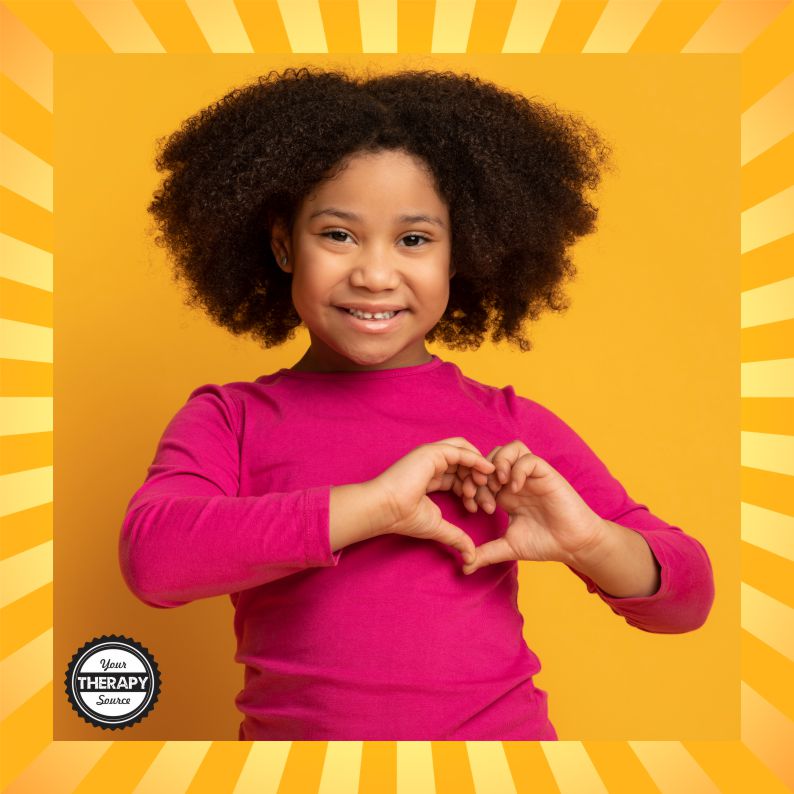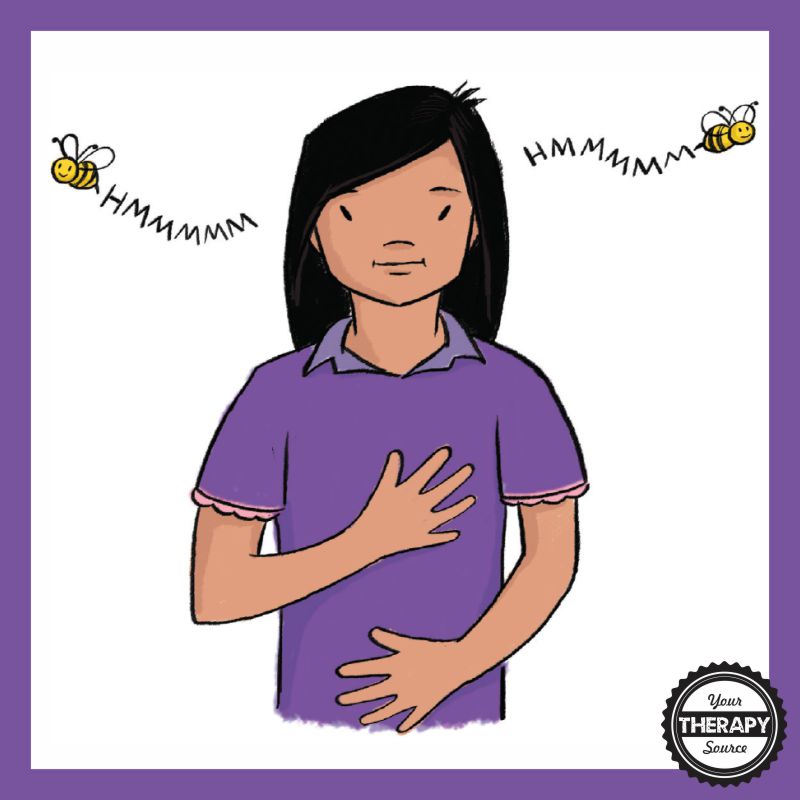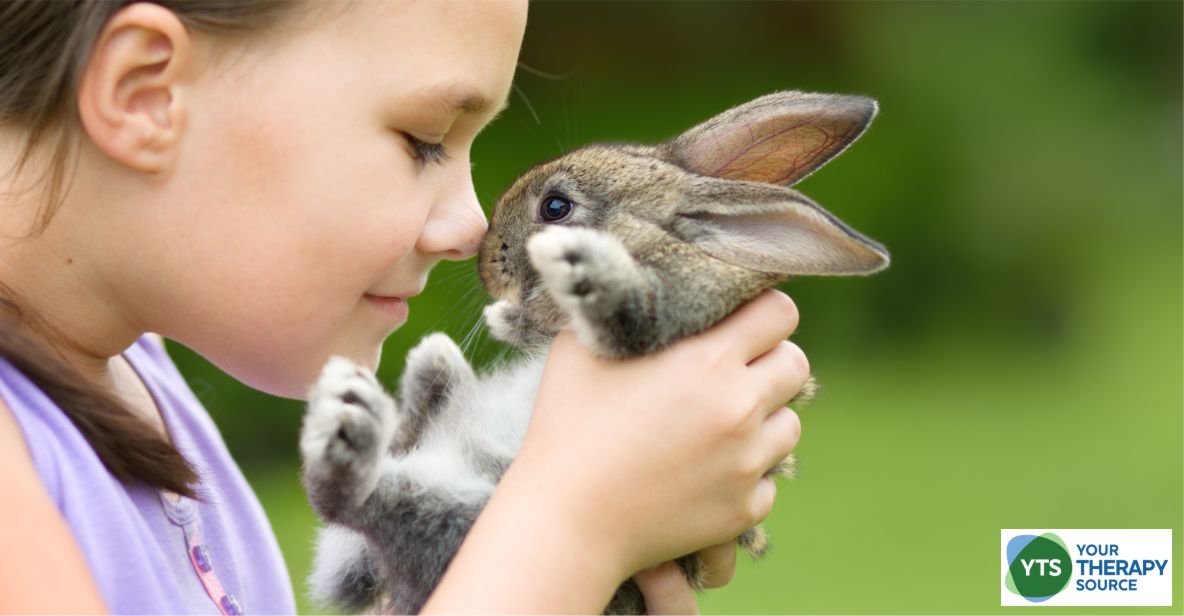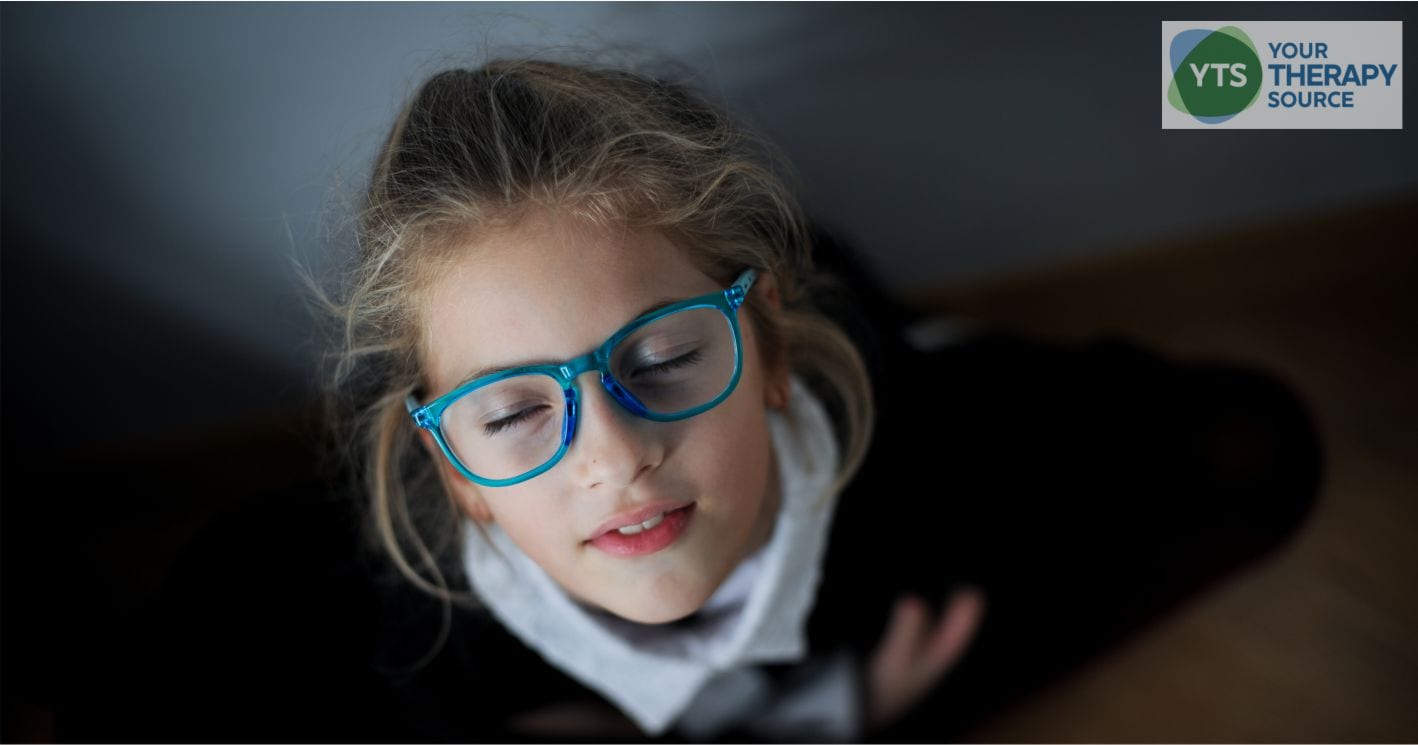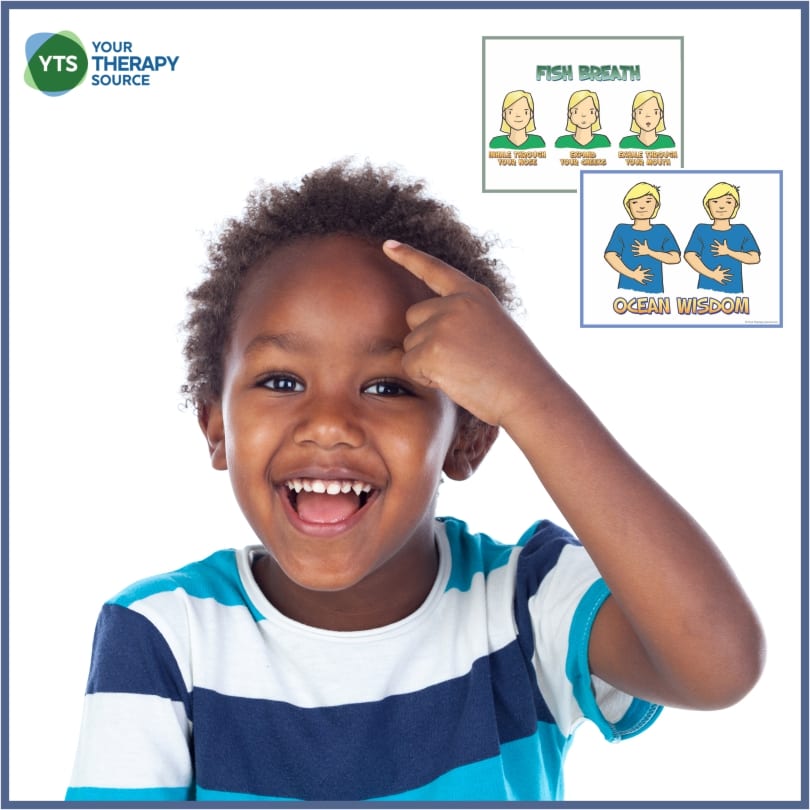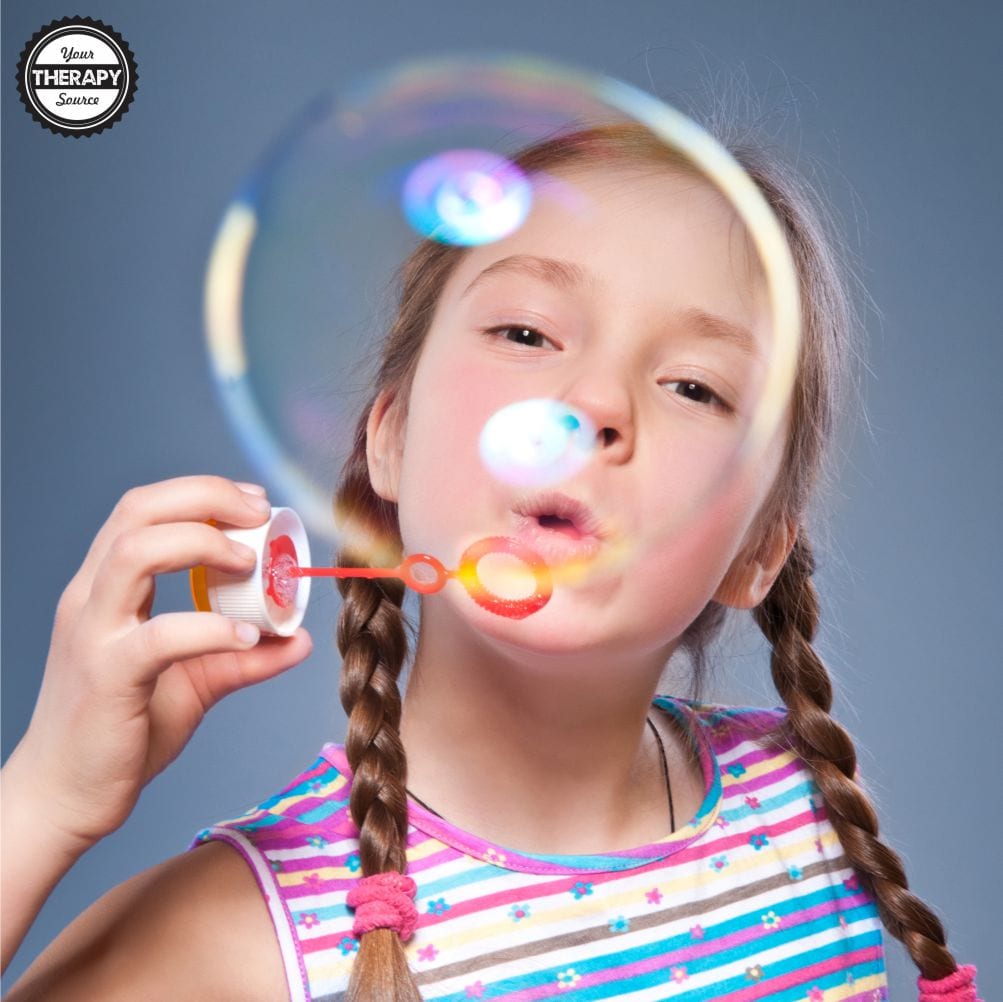The Power of Deep Breathing for Students
Students today, even from a young age, face increasing stress, busy schedules, and emotional ups and downs. Whether you’re a pediatric therapist, teacher, or parent, one simple yet powerful tool you can teach is deep breathing. It’s easy to learn, free, and can be practiced anywhere. Learn more about the benefits of deep breathing for […]

